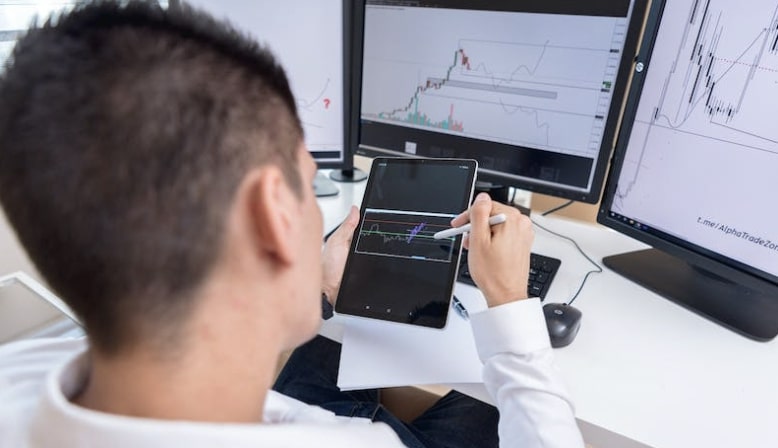Nov 02 (News On Japan) - As global adoption of digital assets accelerates, the need for safe and transparent cryptocurrency to fiat operations has become more urgent than ever.
Each conversion represents not only a financial transaction but also a transfer of trust between the digital and traditional economies. In this environment, awareness and discipline are the strongest defenses. By understanding key security measures, regulatory frameworks, and platform standards, users can ensure that every cryptocurrency to fiat exchange is executed with maximum protection and minimal risk.
The first step toward secure cryptocurrency to fiat conversion is choosing a reputable and regulated service provider. Licensed exchanges and payment processors operate under strict financial supervision, ensuring compliance with international laws and data protection standards. Before using any platform, users should verify its registration, read independent reviews, and confirm whether it supports transparent fee structures. Scams often disguise themselves as “instant” or “zero-fee” services, hiding costs and exploiting unverified users. A reliable provider will always prioritize safety over speed, emphasizing regulation and accountability throughout the conversion process.
Another vital practice for any cryptocurrency to fiat transaction is identity verification. Although some users prefer anonymity, proper KYC (Know Your Customer) procedures protect both individuals and platforms from fraud, money laundering, and cyberattacks. Submitting accurate identification documents and enabling two-factor authentication adds an essential layer of defense. These security steps not only safeguard personal data but also strengthen the legitimacy of the cryptocurrency to fiat exchange ecosystem as a whole.
When initiating transactions, users must stay alert to phishing and social engineering schemes. Criminals often impersonate customer support agents or create fake payment links to intercept funds. The best way to prevent such incidents is by interacting only through official websites and verified applications. Double-checking URLs, avoiding suspicious attachments, and confirming wallet addresses before sending any funds can prevent irreversible losses. Education and caution remain the most effective protection against digital fraud.
Storage practices also influence the safety of cryptocurrency to fiat operations. Before conversion, assets are often kept in digital wallets, which can be vulnerable if left unprotected. Hardware wallets and cold storage options provide enhanced security by keeping private keys offline. Transferring funds to the exchange only at the moment of conversion minimizes exposure to online threats. Once the conversion is complete, users should immediately withdraw the resulting fiat balance to their verified bank account rather than leaving it on the exchange.
Transparency in fees and timing further defines a trustworthy cryptocurrency to fiat conversion. Legitimate platforms display their charges upfront and provide clear estimates of how long the process will take. Hidden commissions or vague exchange rates are warning signs of unreliable services. Comparing multiple platforms allows users to select the most efficient and affordable solution without compromising security. Taking time to research such details can make a significant difference in long-term results.
Regulatory compliance continues to evolve globally, reinforcing trust in the cryptocurrency to fiat market. Governments are introducing frameworks to standardize conversions, prevent illegal activity, and ensure consumer protection. Users who operate through compliant channels benefit from legal assurance, transaction transparency, and easier dispute resolution. In the long term, regulation encourages innovation while maintaining the integrity of financial systems, making each cryptocurrency to fiat transaction safer and more efficient.
Finally, financial awareness and patience are indispensable qualities for any participant in the digital economy. Rushing through conversions, ignoring red flags, or seeking unrealistically high rates often leads to mistakes. A successful cryptocurrency to fiat exchange depends not just on technology but on the user’s ability to think critically and act responsibly.
As the boundaries between digital and traditional finance continue to dissolve, secure conversions become the cornerstone of trust. By following these best practices, verifying every transaction, and prioritizing compliance, users can ensure that their journey from cryptocurrency to fiat remains smooth, transparent, and fully protected. This careful approach is what ultimately transforms innovation into confidence — and digital potential into real-world financial freedom.















